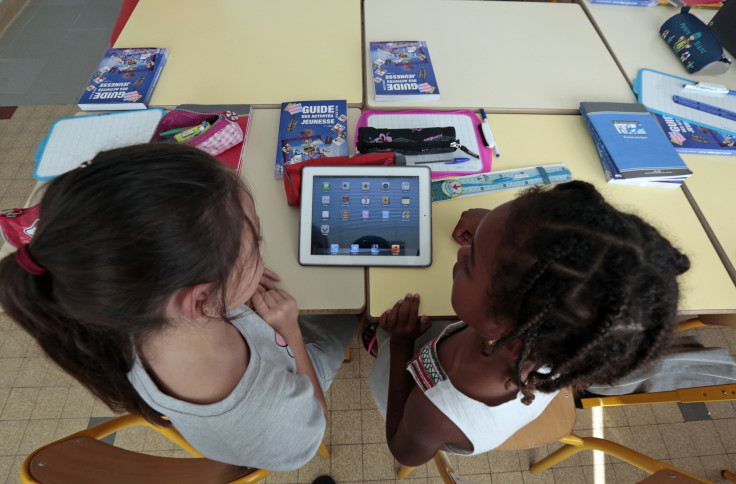Computer time may cause nearsightedness among children

Kids who spend too much time indoors and on electronic devices may be at risk of developing nearsightedness. US ophthalmology experts believe that this is due to “near work” or focusing on something close to one's eyes and the reduced amount of time spent in natural light outdoors.
"Kids are spending much more time doing indoor activities with their cellphones, iPads, computers, and so on," said Rohit Varma, director of the University of Southern California Eye Institute in Los Angeles, as quoted by WebMD. "Especially when children are young, when they play these games indoors where they're seeing things very close to them and doing it in low-light level -- that combination of doing near activities in low light is what contributes to these children becoming very nearsighted."
The researchers note that nearsightedness or myopia can affect anyone, but people whose parents are nearsighted are more prone to developing the condition. Additionally, myopia is more prevalent in industrialised and urban areas compared with rural areas.
East Asian children are genetically predisposed to myopia. However, these children’s habits may be causing them to be more vulnerable to the condition, according to the researchers.
The rate of myopia in China is 90 percent higher than the 42 percent estimated for US citizens between the ages of 12 and 54 years. Chinese children spend up to 12 hours a day on near work, while US children spend only nine hours a day on such.
"We want to encourage our kids to read, but it's not a great thing to read for hours straight without looking up from the page,” David Epley, a spokesman for American Academy of Ophthalmology's, said. "Encourage kids to take breaks. Every 20 minutes, take a 20-second break. Get your eyes off the page with something that's farther away."
Currently, no studies show that dim light is harmful to vision; however, experts believe that such environment needs more visual accommodation and focus, which strain the eyes. Myopia is not reversible or preventable, but the progression can be slowed. Epley added that parents should ensure that kids read in bright light.
Sydney Morning Herald reports that Brien Holden said that the current rate of myopia in Australia is at 3 percent to 4 percent of the population. Though that is the case, no studies have specified the number of hours that are considered too much for near work. It is said though that spending time outdoors is important in helping prevent myopia.
David Hunter, chief of ophthalmology at Boston Children's Hospital, explained that outdoors, there are more objects that are far away to look at as opposed to indoors, where the furthest thing is only 20 feet away. Children will also benefit from natural light outdoors. Experts recommend having large glass windows to shine natural light indoors if staying outdoors is not possible.
Contact the writer at feedback@ibtimes.com.au or tell us what you think below.





















